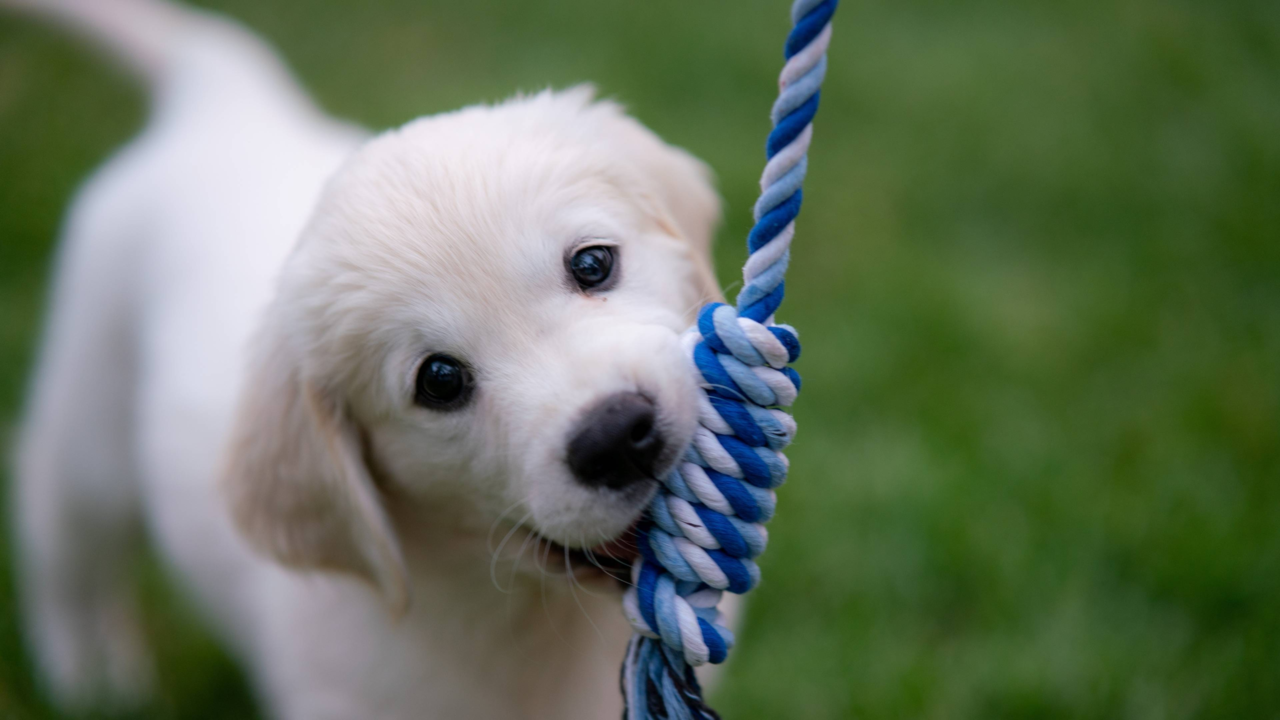
How Much Exercise Does a Puppy Need? Safe Play Tips by Age & Breed
Getting a new puppy is paws-down one of life’s greatest joys — but with all that boundless energy comes the important question: how much exercise does a puppy need? In this guide, we’ll explore everything you need to know about puppy exercise essentials, from how much is just right to playtime safety tips. At Petdirect, we believe informed pet parenting makes all the difference, and as always, we get pet.
Why Puppy Exercise Is So Important
Exercise is more than just a way to tire out your young pup — it's crucial for their physical and mental development. Regular activity helps:
- Build strong muscles and bones
- Prevent behaviour issues by burning off excess energy
- Encourage socialisation with other dogs and people
- Support healthy sleep patterns
But just like kids, puppies have growing bodies that need the right balance — too much strenuous exercise too young can lead to joint problems down the track, particularly in larger breeds like the Labrador or Golden Retriever.
How Much Exercise Does a Puppy Need?
There’s no one-size-fits-all answer, but a good general rule is five minutes of exercise per month of age, twice a day. So a four-month-old puppy can handle around 20 minutes, twice daily. This can include:
- Short walks on a lead
- Playtime with dog toys like fetch toys or tug toys
- Gentle training sessions using training treats as motivation
Larger or working breeds like the Border Collie or Labradoodle may need more mental stimulation through interactive toys and puzzle games.
Safe Exercise Ideas for Growing Puppies
Keeping playtime varied and safe is key while your pup is still developing. Here are some puppy-approved ways to get them moving:
- Short walks: Use a properly fitted harness and light lead to explore your local area.
- Backyard play: Let them chase a soft toy or play tug in a fenced area.
- Basic obedience games: “Sit”, “stay”, and “come” add mental enrichment.
- Indoor fun: On rainy days, bring out boredom busters with soft plush toys.
Always avoid high-impact activities like jumping on hard surfaces or running after bikes and children until their joints are fully developed — usually around 12 to 18 months, depending on the breed.
Puppy Exercise Gear Essentials
Want to make walkies a breeze? Here’s a checklist of puppy exercise gear for safe and satisfying outings:
- No-pull harness for comfort and control
- Adjustable dog lead that suits their size
- ID tag and collar for safety
- Fun scents or textures with chew toys and interactive toys
- Travel-friendly water bottle from our dog travel range
Don’t forget healthy rewards for good behaviour! Our range of puppy-friendly treats can also help boost their training motivation.
What to Watch Out For During Puppy Exercise
Tuning in to your pup’s cues is essential. Keep an eye out for signs of overexertion such as:
- Limping or stiffness post-play
- Panting heavily or slowing down
- Reluctance to continue playing or walking
If you notice these signs, it’s time to stop and let your pup rest. You can also consult your vet if you're unsure what's suitable for your puppy’s specific breed or health history. Some pups may benefit from joint support supplements as they grow.
Helping Your Puppy Thrive Through Play
Exercising your pup isn’t just about stretching their legs — it’s about laying down the foundation for lifelong wellbeing. From energising walks to interactive toys, giving your furry friend the right kind of active start helps them grow strong, stay healthy, and wag with joy. And don’t worry, we’ve got everything you need to turn playtime into their favourite part of the day. Check out our full puppy shop for toys, treats, and exercise accessories picked just for growing pups.
Ready to get moving? Sign up for Pet Perks and start earning rewards while keeping your pup active, happy, and healthy!